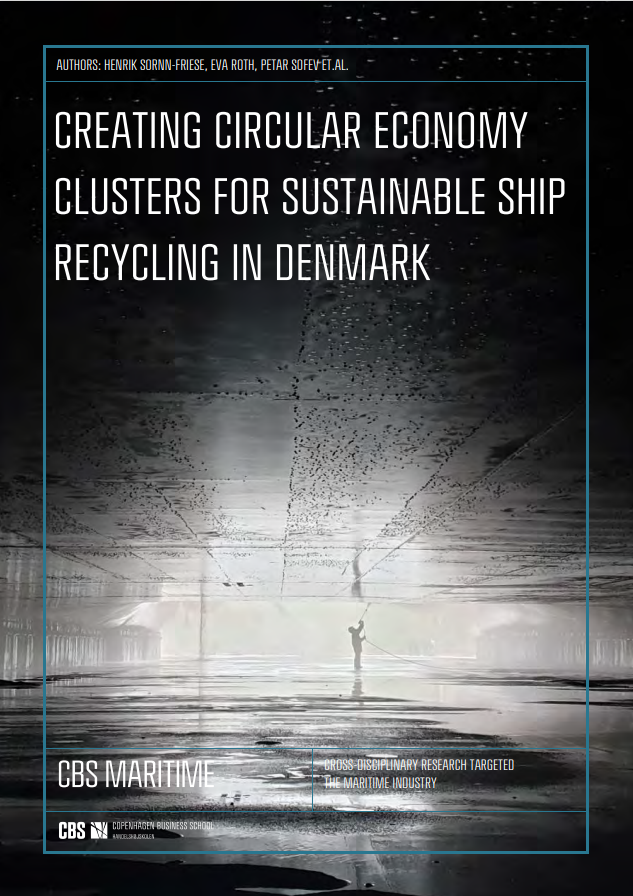Abstract
Ship recycling refers to the process of dismantling vessels with the purpose of extracting and recovering materials for reuse, particularly the steel. The aim of this paper is to map the supply chain of ship recycling. This exploratory and qualitative research provides a glimpse on how regulations influence the supply chain management through inter-organizational arrangements. It considers the trade-offs and combinations of financial and sustainable values that, in many ways, determine these inter-organizational arrangements. Preliminary findings show that there are conflicts of interest with the ship recycling stakeholders. Although compliance of regulations should foster better transparency in the supply chain, these regulations have not yet fully embraced social aspects, such as the fact that domestic demand and supply for steel, as well as many jobs, are dependent on this industry. On the contrary, the initiatives to regulate ship recycling might induce negative effects. This paper suggests that transaction costs analysis and the principal agency theory are two complementary theories for analyzing inter-organizational relationships in the supply chain of ship recycling.
Cite as: Hsuan, J., & Parisi, C. (2020). Mapping the Supply Chain of Ship Recycling. Marine Policy, 118, [103979]. https://doi.org/10.1016/j.marpol.2020.103979


